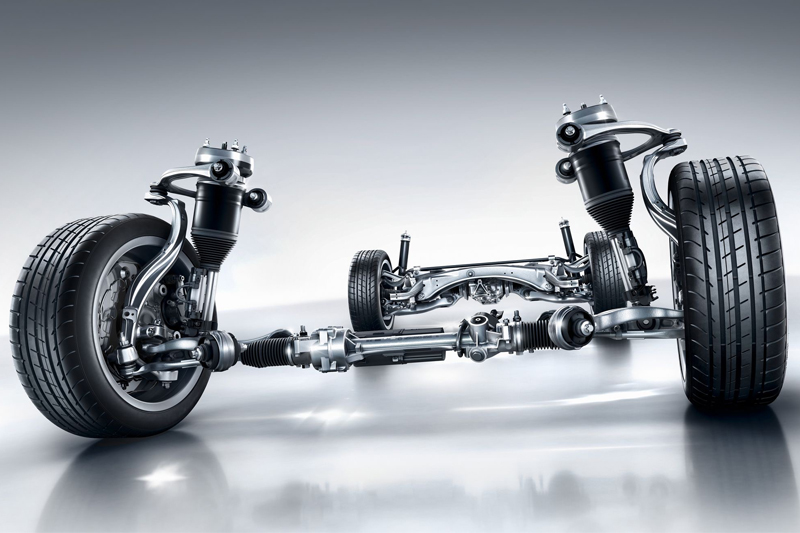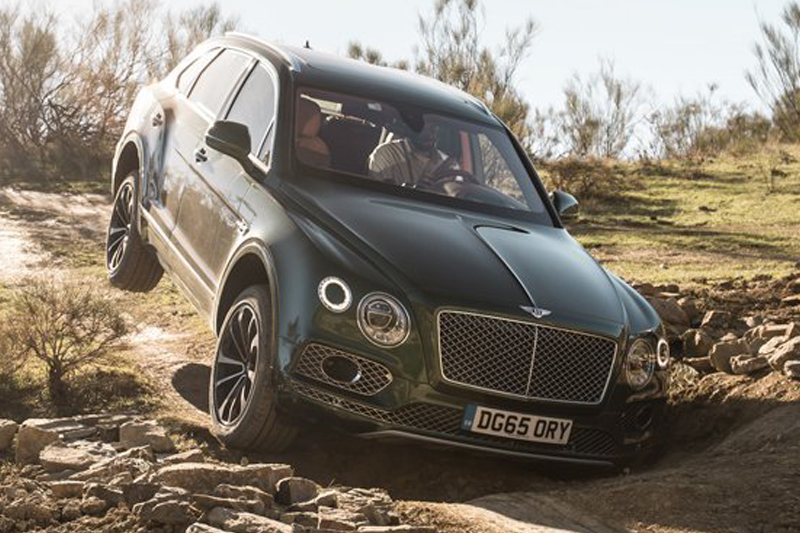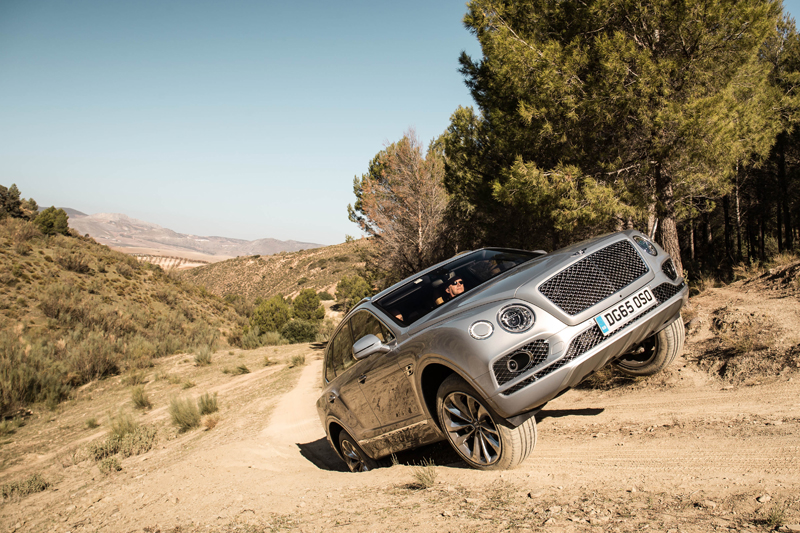Jonathan Sampson, of Automate, explains how manufacturers have tilted the axis of physics with all-new anti-roll technology.
In the book, The Dynamic Human, a few scientists make the argument that humans are not the most intelligent form of life on planet Earth, because, apparently, “science tells us that animals can have cognitive faculties that are superior to human beings.”
Oh please. I mean, I’ve just spent the last few days researching the latest anti-roll suspension technology to come out of the automotive industry, and not once did I think, ‘You know, that’s great, but even a monkey could’ve done that.’ And don’t even start with dolphins. You might think they’re clever, but I’d love to see one of them engineer a magnetorheological damper.
The point is simple: never before has the world of car engineering seen such an impressive variety of intelligent suspension concepts, and it’s this amazing proliferation of innovation that really does showcase just how advanced the world of vehicle dynamics has become, and how much sheer human intellect has been channeled towards the cause of eliminating body-roll.
Bentley Dynamic Ride
Of course, one of the root concerns for any engineer working in suspension R&D is the need to compromise between a compliant ride and taut handling. Finding that sweet spot is even more difficult in the high-riding SUV market, where manufacturers also have to factor in the need for extra suspension travel to give their products a modicum of off-road ability.
Nowhere is this mechanical struggle more evident than in Bentley’s extraordinary new Bentayga – the manufacturer’s £160k, 600bhp monster, which sits right at the top of the emerging super-luxury-SUV market. It is a remarkable car, the Bentayga, fit to burst with incredible engineering designed to flatten any suggestion that a tall, 2.5 tonne SUV cannot ride or handle like a proper Bentley, and at the same time manage off-road like a Range Rover.
That’s where Bentley’s Dynamic Ride system comes in – an active anti-roll system with a difference. Now, we’ve seen manufacturers experiment with adaptive anti- roll set-ups before, using sensors and an ECU to actively adjust the stiffness of the sway bars during hard cornering, and then relax them for a smoother ride when suspension loads are reduced. But Bentley’s Dynamic Ride (also used by Audi in the new SQ7) goes one step further by splitting the anti-roll bars in two, and then sandwiching an electric motor and planetary gearset between the halves. In doing so, Bentley’s engineers are able to apply a twisting force of up to 959 lb-ft to each bar, to actively control the anti-roll force on each wheel to ‘react’ to the driving conditions.
The set-up is of greatest use on-road, where, in a corner, the electric motors will twist each side of the anti-roll bars to create a reaction force that counters the natural lean of the car. What’s more, if the Bentayga hits a bump, the motors will produce an upward force via the bars, lifting the wheels and reducing any sensation of jarring. Then, for those moments when you might want to use your six-figure luxury Bentley off-road (yeah, right – and watch the cream leather!), the bars decouple altogether and the motors are used to increase wheel articulation. Of course, to achieve all this, the system needs to be quick. That’s why Bentley has fitted the Bentayga with a world-first 48V electrical architecture, which means the motors can act on anti-roll bars in as little as 0.06 seconds. Clever, clever stuff. And best of all, for £160k, Bentley throws it in for free.

Mercedes-Benz Curve Tilting
Leave it to the German manufacturers to take active suspension to an all-new, and frankly bizarre, level. While the Bentayga’s anti-roll concept is very impressive, Mercedes’s new Curve Tilting function borders on witchcraft. Only available to the oligarchs and sultans who can afford Mercedes’s most expensive models, Curve Tilting goes beyond merely resisting roll, to actively tilt the car into corners. Picture the system working like the tilting Virgin Pendolino trains, and you have a pretty good idea of what Mercedes is trying to achieve here.
The system is made possible thanks to Mercedes’s insanely complex hydraulic active suspension (ABC), which debuted in the 1999 CL coupe, and has received constant updates that have culminated in Curve Tilting. ABC uses a hydraulic cylinder and servo mounted at each wheel to create a suspension system where all four wheels are truly independent. A hydraulic pump adjusts the pressure at each corner to alter the damping force and spring rate, and therefore controls body movements without any anti- roll bars. Mercedes then adds a forward- facing camera to create Magic Body Control, which can pre-scan the road ahead and actually adjust the suspension to pre-empt bumps, rather than react to them.
Then we have Curve Tilting, a concept so uncanny that many reports claim it feels almost too unnatural. Using that ‘Magic’ stereo camera, the system looks ahead for corners, and will tilt the car up to 2.65 ̊ into the corner, like a motorbike. Now, 2.65° doesn’t sound like much, but when the human body is used to an average 3.5° of outward body roll, having the car actually lean into the corner pre-emptively is insane. The idea is to isolate passengers from uncomfortable lateral g-forces, and much like those tilting Pendolino trains, the Mercedes set-up works best in long, sweeping curves at high speed.
And it really does work – brilliantly. But then you’d want it to, because Mercedes will charge you £3,080 for the privilege of fitting it to your £70k SL or your £96k S-Class Coupe. Proof, then, that although the company has devoted thousands of man hours to this incredible technology, it hasn’t quite forgotten how to charge you silly for it either.











